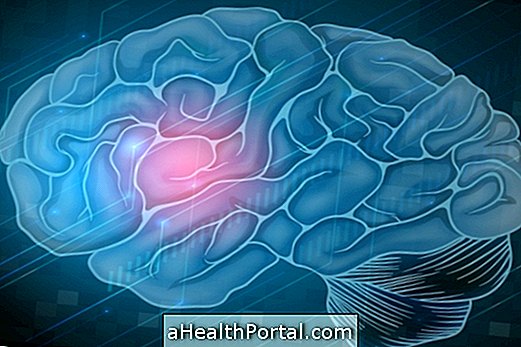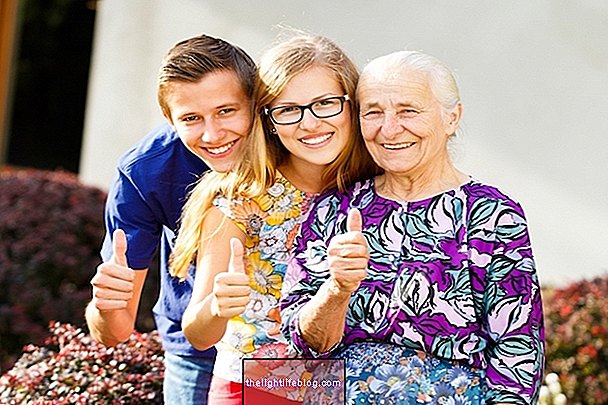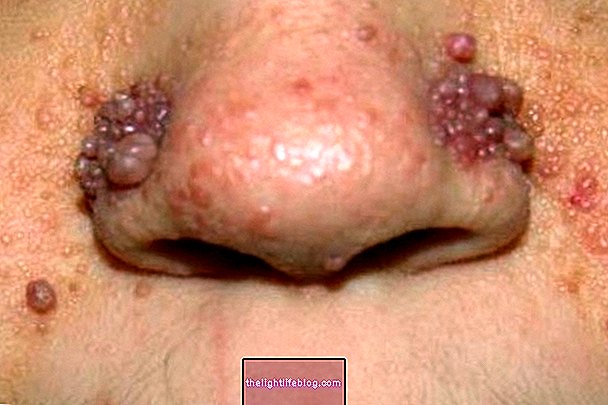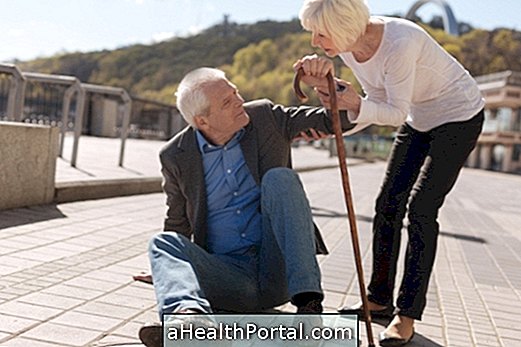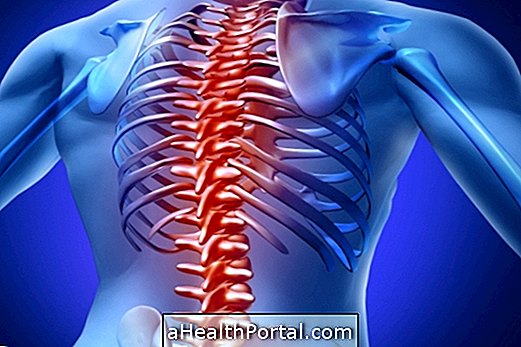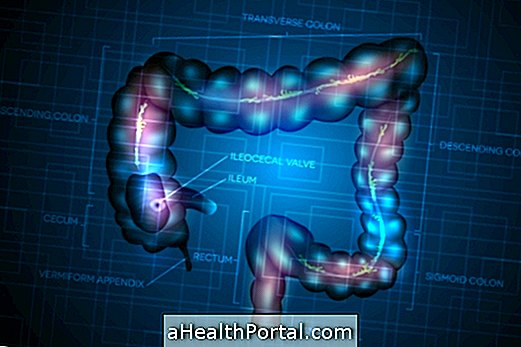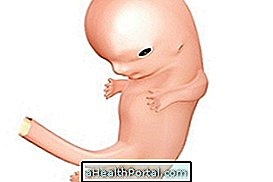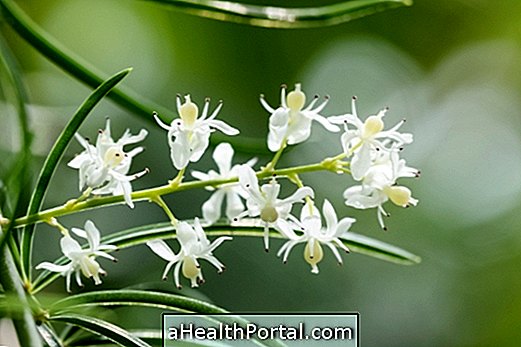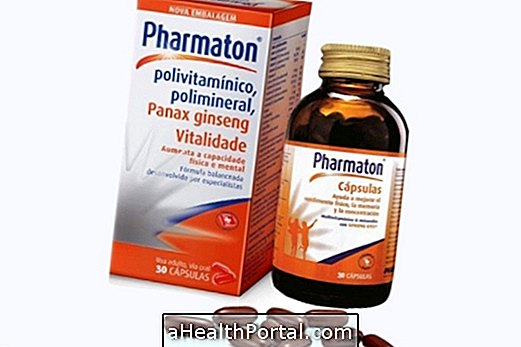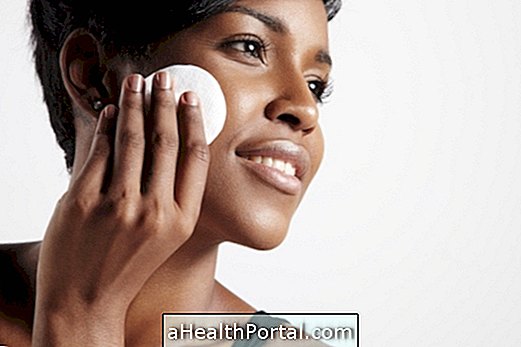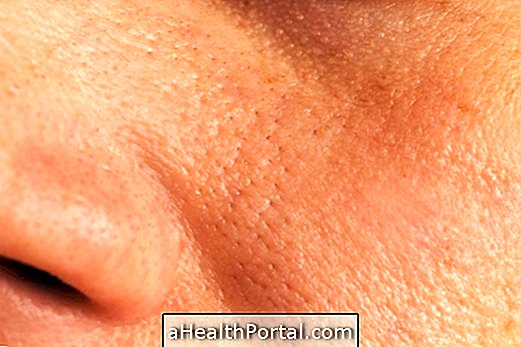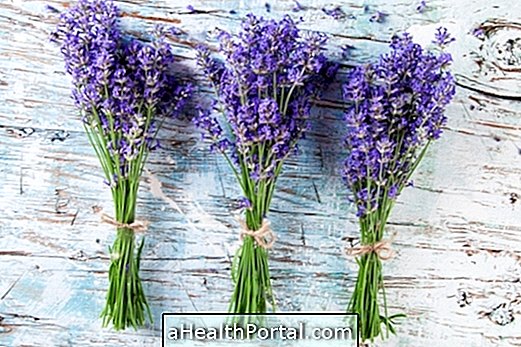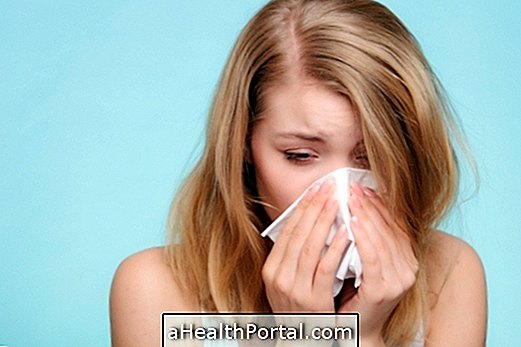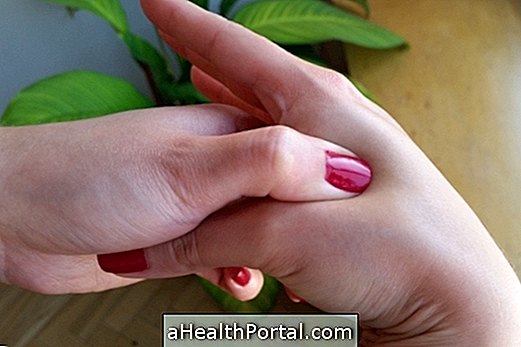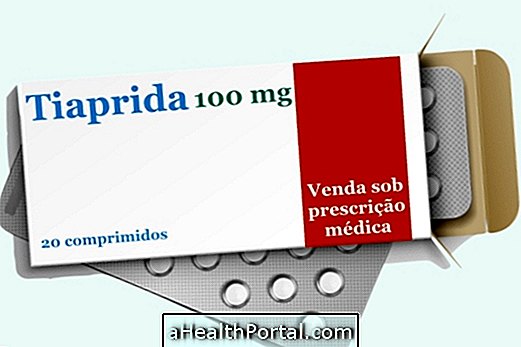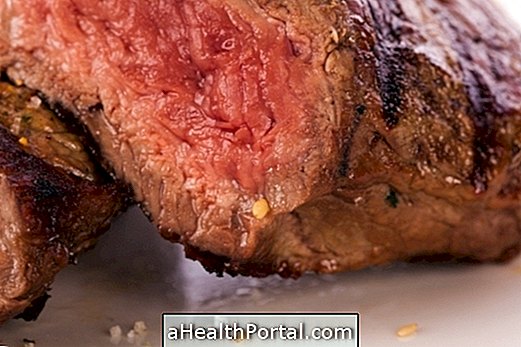Psoriatic arthritis is a type of inflammation that can appear in the joints of people with psoriasis, which is a skin disease that causes red plaques that itch and shed. The main symptoms of psoriatic arthritis are joint stiffness and difficulty in moving them. It is caused by an evolution of psoriasis and its treatment is done with the use of medications and physical therapy.
This disease can appear at any age, but usually appears in adults between 30 and 50 years, about 20 years after the onset of psoriasis. About 80% of people diagnosed with psoriasis develop this type of arthritis that has no cure and gets worse over time.
Understand the first signs of psoriasis.
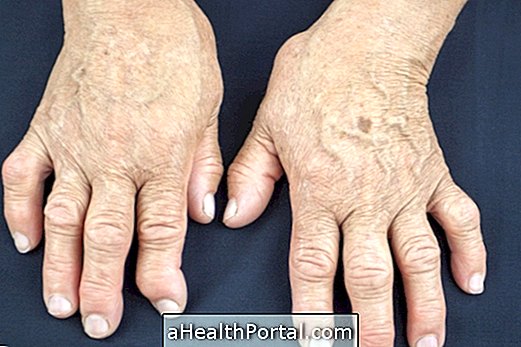
Possible symptoms
Symptoms that may indicate that you are developing psoriatic arthritis include:
- Swelling and deformity in affected joints;
- Pain and difficulty in moving affected joints;
- Excessive tiredness for no apparent reason;
- Presence of red spots on the skin, nails or scalp.
Often the first signs of this type of arthritis are pain and difficulty moving the joints, especially in the hands, without the need for swelling or the presence of blemishes on the skin.
Thus, people suffering from psoriasis, and presenting symptoms related to joint problems should consult the doctor who is doing psoriasis treatment, to confirm the diagnosis and start the most appropriate treatment.
Which tests confirm the diagnosis
The diagnosis of psoriatic arthritis is usually made by assessing the clinical history, observation of skin lesions caused by psoriasis, and x-ray examination to help confirm arthritis.
However, examination of rheumatoid factor is also important to differentiate from rheumatoid arthritis, and what indicates that arthritis may be a consequence of psoriasis is if rheumatoid factor is negative and arthritis symptoms are present. If the rheumatoid factor result is positive, it usually indicates that it is a rheumatoid arthritis, not related to psoriasis.
Types of psoriatic arthritis
There are 5 main types of psoriatic arthritis:
- Symmetrical: This type affects the joints on both sides of the body.
- Asymmetric: In this type the symptoms are moderate, usually affect at most 4 joints from either side of the body.
- Mutilating Arthritis: This is the most aggressive type and tends to destroy the joints of the hands and feet, especially affecting the fingers;
- Spondylitis: This type is characterized by stiff neck and spine.
- Distal Iverterangeal : This type is characterized by stiffness in the joints of the fingers and toes. Nail deformities can be developed.
The rheumatologist can identify the type of arthritis that the person has and indicate the best treatment for each case.
What are the treatment options
Psoriasis still has no cure and therefore the treatment is directed to reduce and control the symptoms being important to prevent the disease from worsening.
For this, anti-inflammatories such as diclofenac and naproxen may be used. Another option is the use of corticosteroids, however these can worsen skin lesions and therefore should be used with caution.
1. Use of anti-inflammatories
The main drugs used for the disease are non-steroidal anti-inflammatory drugs such as aspirin, Ibuprofen, Naproxen or Diclofenac. The use of corticosteroids such as Prednisone is used occasionally since the prolonged use of this drug may manifest side effects such as bruising under the skin, causing serious aesthetic problems mainly for women.
In severe cases of psoriatic arthritis, medications such as hydroxychloroquine (Plaquenil) or methotrexate (Folex, Rheumatrex) are used to relieve symptoms and reduce inflammation in the joints.
2. Surgery
Surgery for psoriatic arthritis is indicated when the disease is very aggressive and causes damage to the joints. The purpose of surgery is to reconstruct or replace the injured joint, improving the quality of life.
3. Physiotherapy sessions
Physical therapy exercises and the use of ice or hot bags on sore joints are alternative treatments that may help reduce symptoms. Check out what types of exercises can help.
Stretching and other techniques like massage therapy are also very effective.
